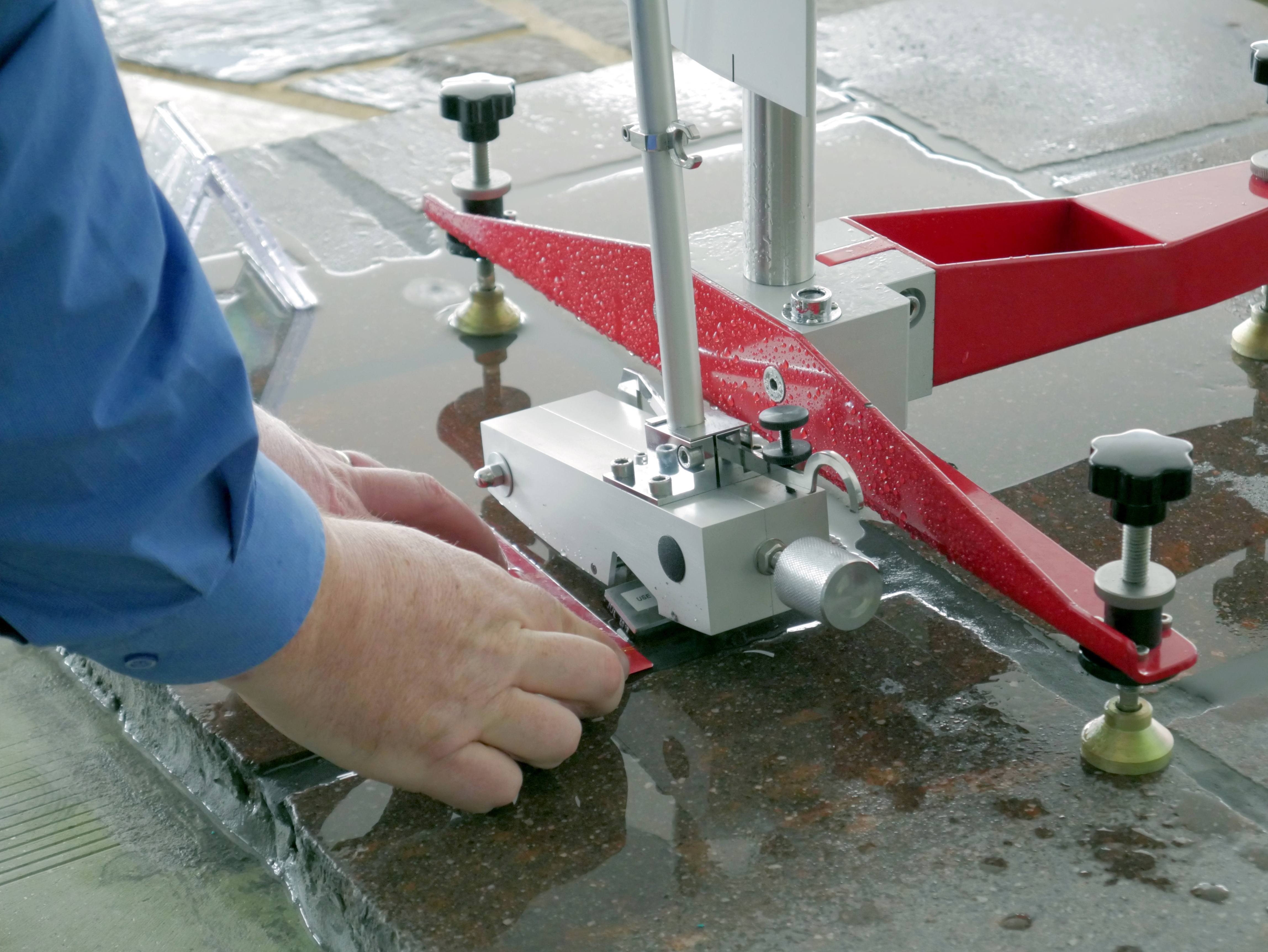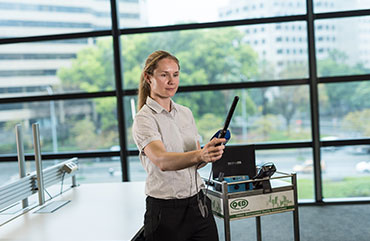
15th
The Importance of Regular Slip Testing: A Step Towards Safety
by Aidan Donovan
In the realm of workplace safety, slips, trips, and falls are among the most common accidents. Not only do they lead to injuries, but they can also have significant financial and legal implications for businesses. At QED, we understand the critical role slip testing plays in preventing these accidents, and we offer both wet pendulum and dry friction tests to ensure comprehensive safety measures.
How Often Should You Conduct Slip Testing?
One of the common questions businesses face is how often they should conduct slip testing. The answer lies in the dynamic nature of workplaces and the various factors that can impact floor safety. While there is no one-size-fits-all answer, a proactive approach is key.
1. High-Traffic Areas:
High-traffic zones demand more frequent slip testing. This includes entrances, hallways, and common areas where foot traffic is consistently heavy. Quarterly testing is often recommended for such areas to ensure ongoing safety.
2. Seasonal Considerations:
Weather conditions can significantly affect slip risk. In areas with distinct seasons, consider more frequent testing during the transition periods, especially from wet to dry seasons. This helps businesses adapt their safety measures accordingly.
3. After Changes or Renovations:
Any alterations to flooring, whether it's a new installation or a renovation, should prompt immediate slip testing. Changes in surface materials or the introduction of new flooring can impact slip resistance, necessitating a thorough evaluation.
Our Testing Methods: Wet Pendulum and Dry Friction
At QED, we offer two primary slip testing methods: the wet pendulum test and the dry friction test.
1. Wet Pendulum Test:
Ideal for assessing slip resistance in wet conditions, this method simulates the presence of water on a surface. It's particularly relevant for areas prone to spills, such as kitchens, bathrooms, and outdoor spaces. Regular testing using the wet pendulum helps maintain a proactive safety approach.
2. Dry Friction Test:
This method focuses on evaluating slip resistance in dry conditions. It is crucial for spaces where water is not a constant factor but where the risk of slipping still exists. Regular dry friction testing ensures a comprehensive understanding of floor safety across diverse environments.
The frequency of slip testing should align with the unique characteristics of your workplace. By incorporating regular testing into your safety protocols, you not only reduce the risk of accidents but also demonstrate a commitment to the well-being of your employees and visitors.
At QED, we are dedicated to providing accurate and timely slip testing to empower businesses in creating safer environments.
For more information visit our slip testing page or contact us for a quote.
Categories
Recent Posts
Changes to the workplace exposure standard for welding fumes
15th Mar
On January 18, 2024, SafeWork Australia made a significant adjustment to the Workplace Exposure Standard (WES) for Welding Fume (not otherwi...
Pseudomonas aeruginosa and the Water Quality Management Plan - it's not just about Legionella.
23rd Feb
Pseudomonas aeruginosa could be responsible for a high burden of disease, and should always be included in a risk management plan....
Navigating the New Norm: Prioritising Indoor Air Quality for Events and Venues
06th Feb
Throughout 2023 there was a surge in venue managers looking to help clients feel at ease in regards to indoor air quality....

















